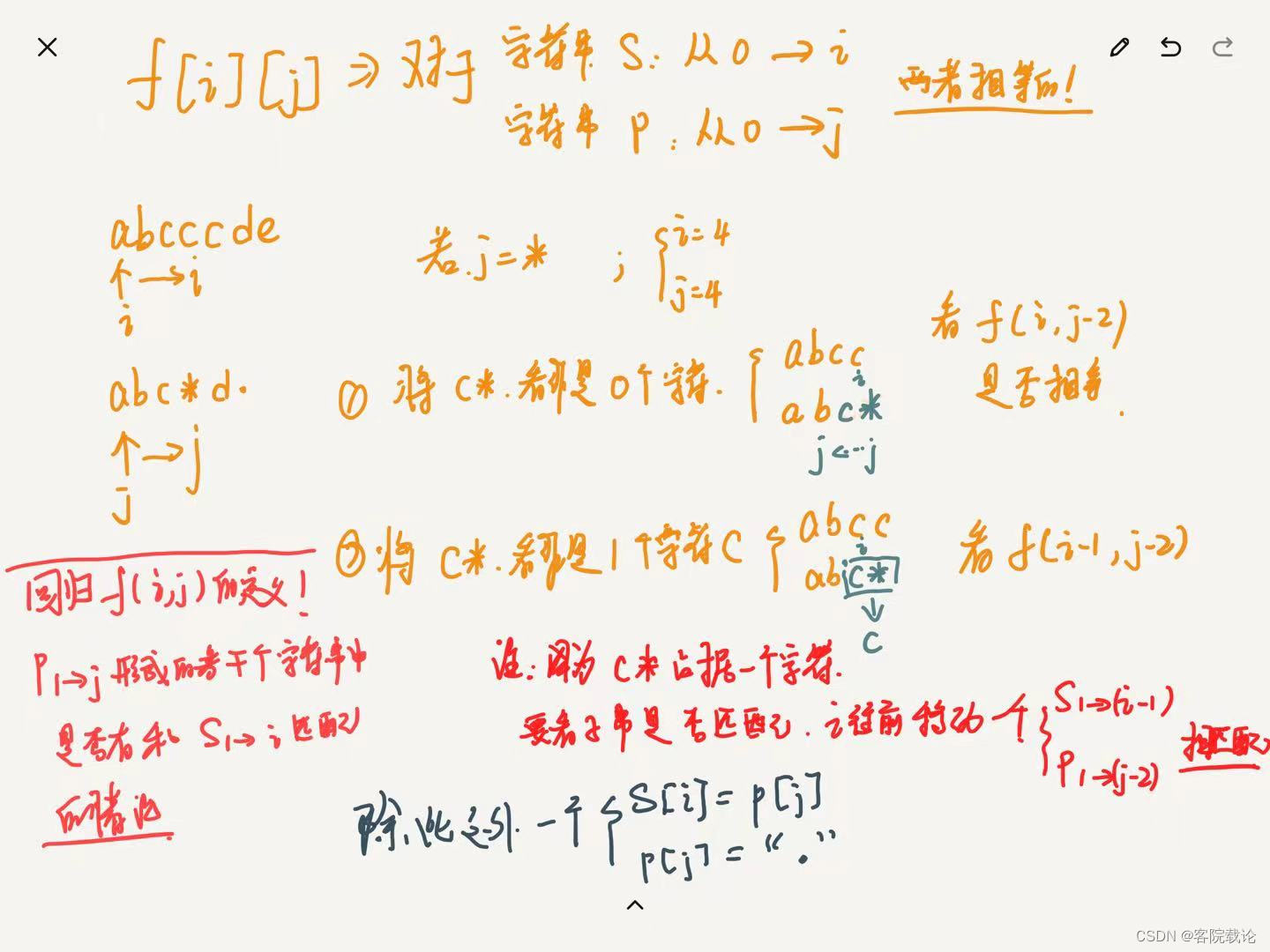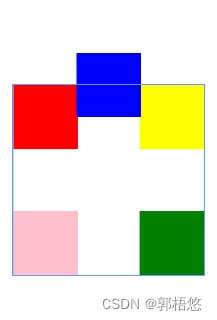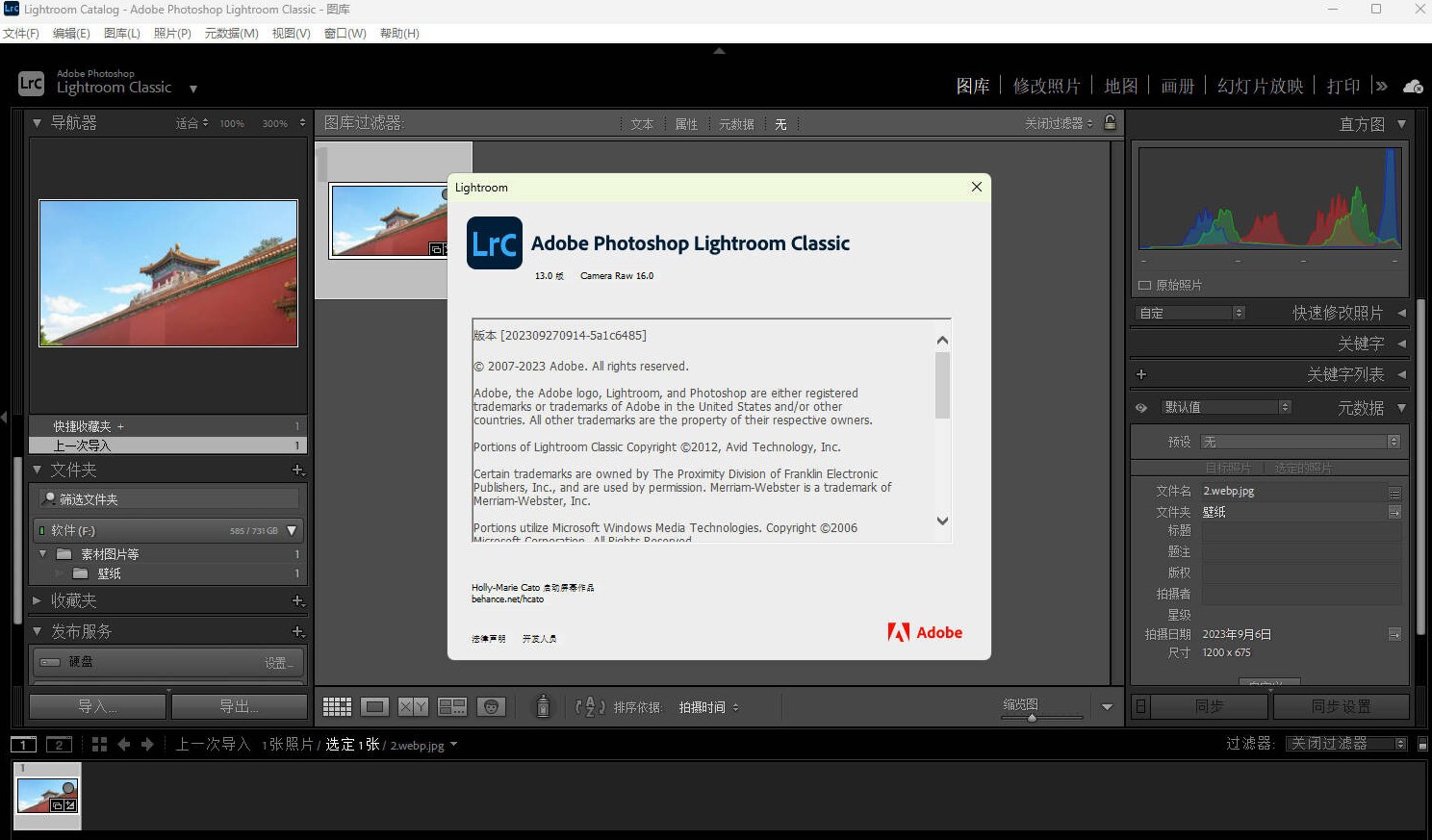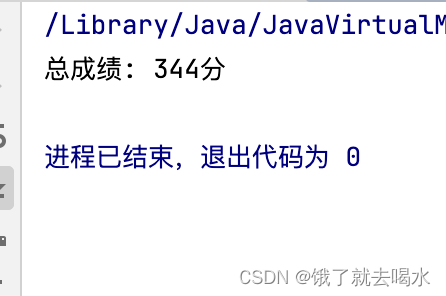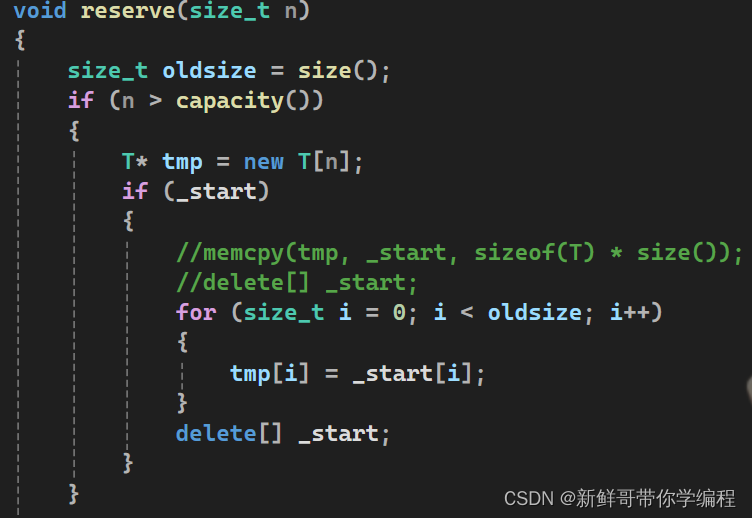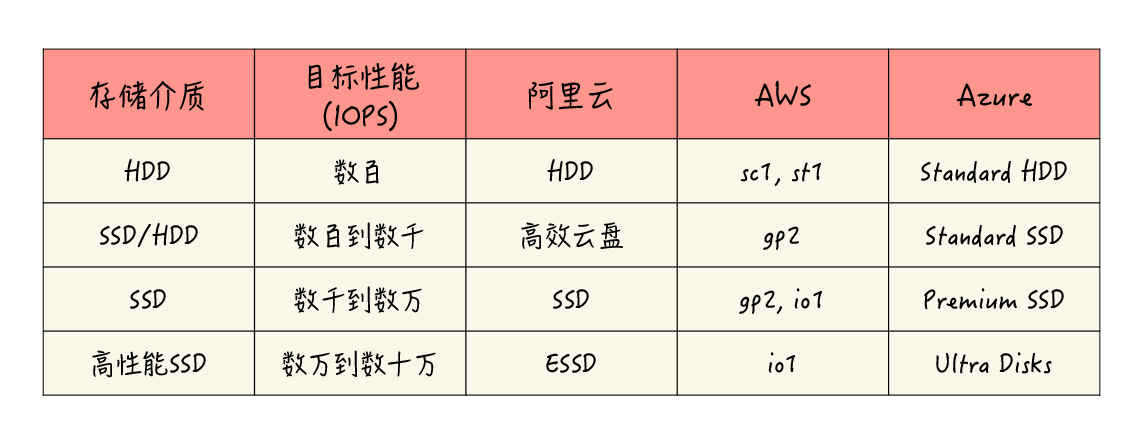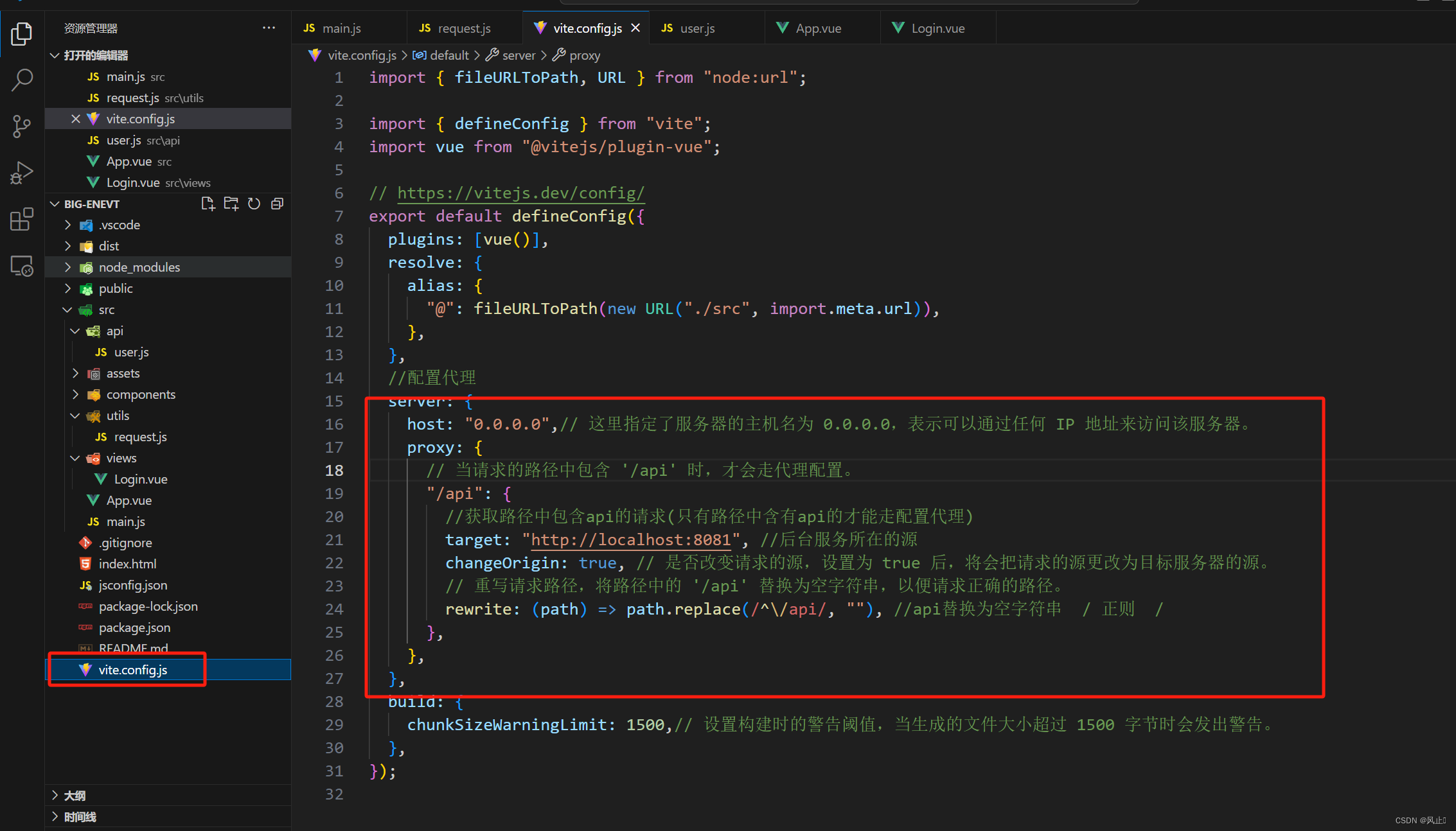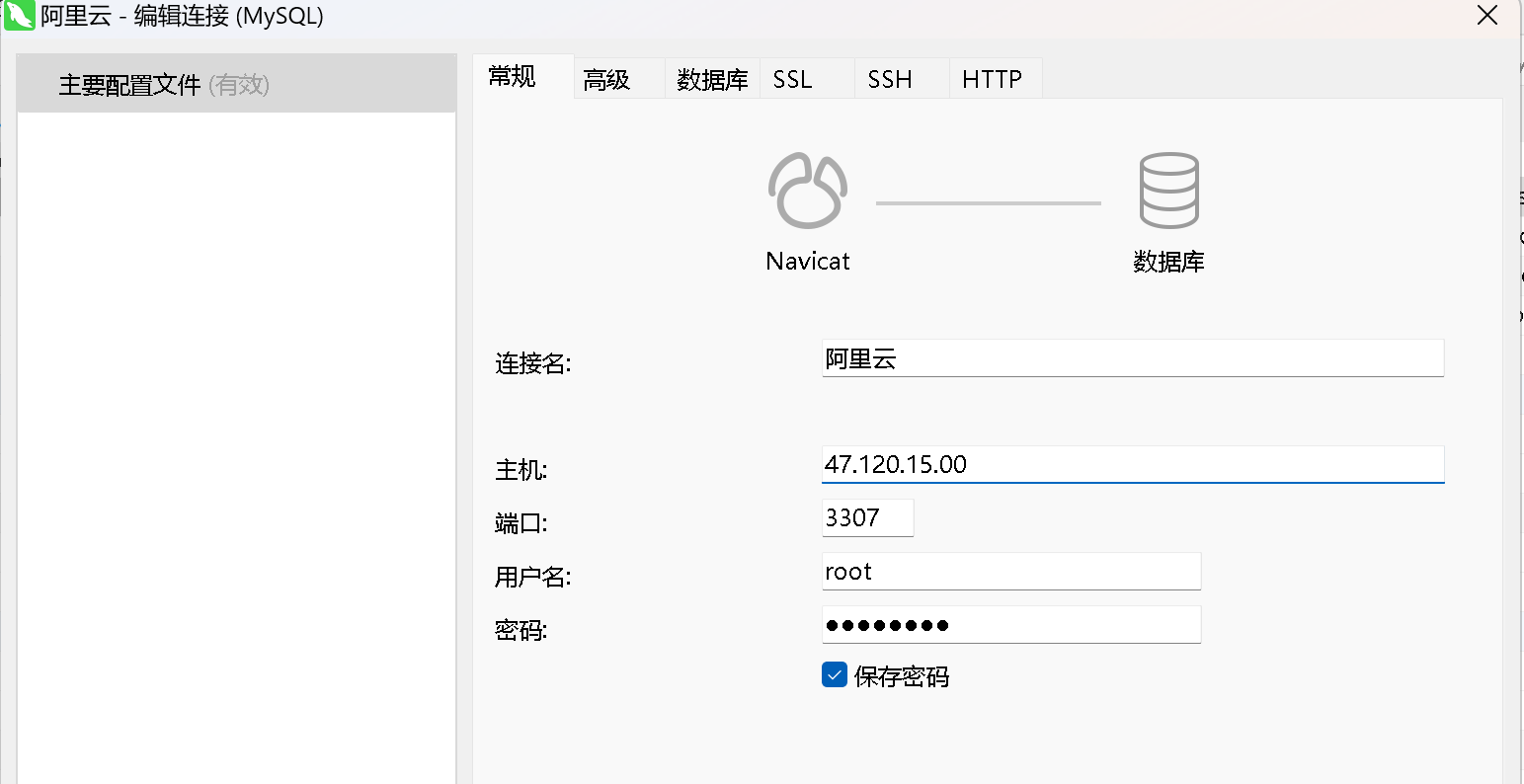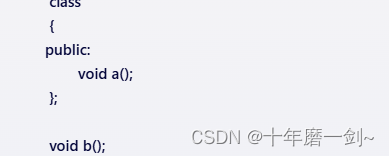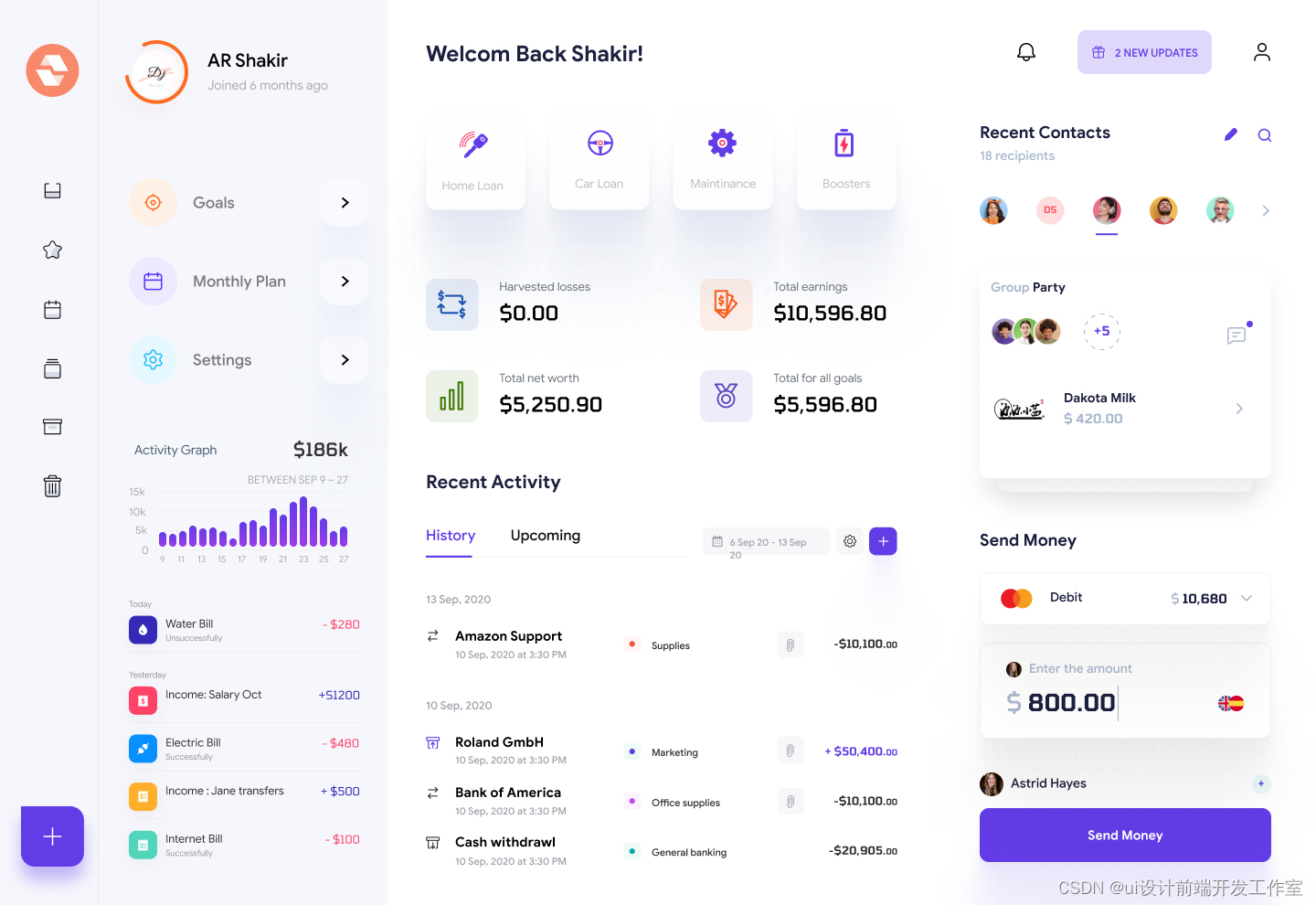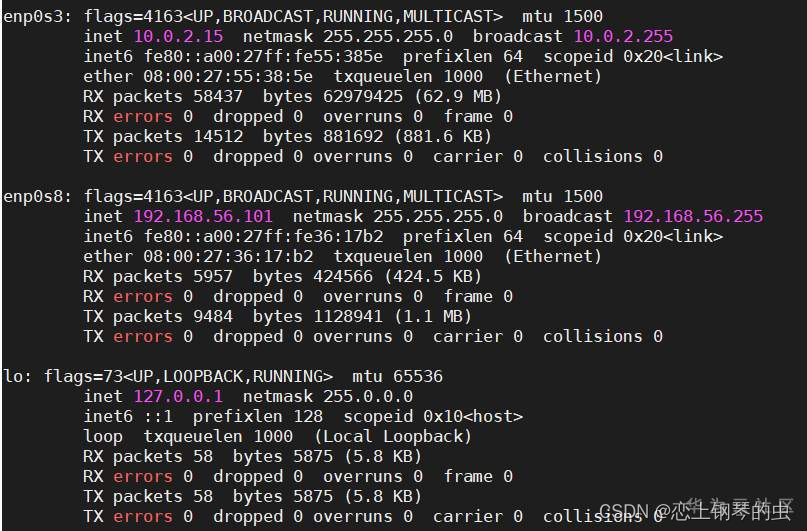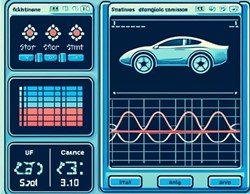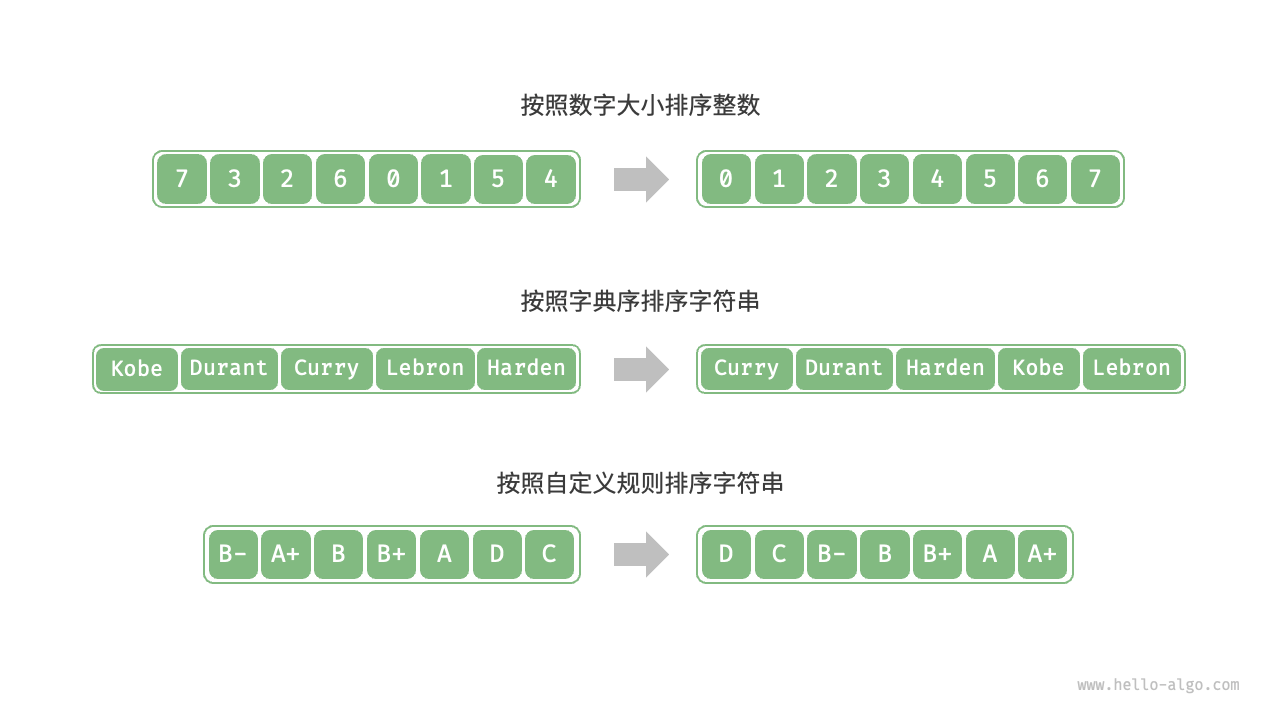将C#中的三种字节数组拼接方式的性能做了一个对比测试,DEMO程序代码如下:
using System;
using System.Collections.Generic;
using System.Diagnostics;
using System.Linq;
using System.Text;
using System.Threading.Tasks;
namespace Byte数组拼接测试
{
class Program
{
static int RunCount = 10000;
static void Main(string[] args)
{
ArrayCopyTest();
BlockCopyTest();
ListTest();
Console.ReadKey();
}
static void ListTest()
{
List<byte> byteSource = new List<byte>();
byteSource.Add(11);
Stopwatch sw = new Stopwatch();
sw.Start();
for (int i = 0; i < RunCount; i++)
{
byte[] newData = new byte[10] { 1, 2, 3, 4, 5, 6, 7, 8, 9, 10 };
byteSource.AddRange(newData);
}
byte[] data = byteSource.ToArray();
sw.Stop();
Console.WriteLine("ListTest " + sw.ElapsedMilliseconds + " 毫秒,数组长度:" + data.Length);
}
static void ArrayCopyTest()
{
byte[] byteSource = new byte[1] { 11 };
Stopwatch sw = new Stopwatch();
sw.Start();
for (int i = 0; i < RunCount; i++)
{
byte[] newData = new byte[10] { 1, 2, 3, 4, 5, 6, 7, 8, 9, 10 };
byte[] tmp = new byte[byteSource.Length + newData.Length];
Array.Copy(byteSource, tmp, byteSource.Length);
Array.Copy(newData, 0, tmp, byteSource.Length, newData.Length);
byteSource = tmp;
}
sw.Stop();
Console.WriteLine("ArrayCopyTest " + sw.ElapsedMilliseconds + " 毫秒,数组长度:" + byteSource.Length);
}
static void BlockCopyTest()
{
byte[] byteSource = new byte[1] { 11 };
Stopwatch sw = new Stopwatch();
sw.Start();
for (int i = 0; i < RunCount; i++)
{
byte[] newData = new byte[10] { 1, 2, 3, 4, 5, 6, 7, 8, 9, 10 };
byte[] tmp = new byte[byteSource.Length + newData.Length];
System.Buffer.BlockCopy(byteSource, 0, tmp, 0, byteSource.Length);
System.Buffer.BlockCopy(newData, 0, tmp, byteSource.Length, newData.Length);
byteSource = tmp;
}
sw.Stop();
Console.WriteLine("BlockCopyTest " + sw.ElapsedMilliseconds + " 毫秒,数组长度:" + byteSource.Length);
}
}
}
测试结果:

我们可以看到每种字节数组拼接方式的执行时间:
ArrayCopyTest使用Array.Copy()方法进行拼接,平均耗时约为 73毫秒左右。BlockCopyTest使用Buffer.BlockCopy()方法进行拼接,平均耗时约为 65 毫秒左右。ListTest使用List<byte>.AddRange()方法进行拼接,平均耗时约为 4 毫秒左右。
